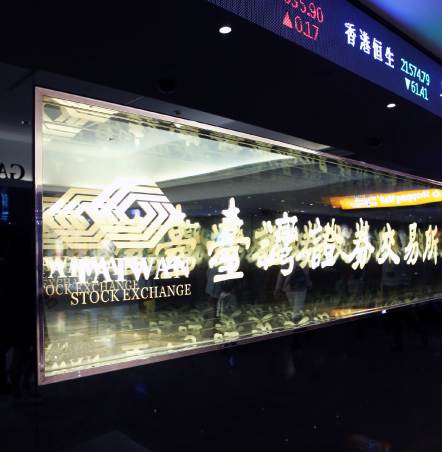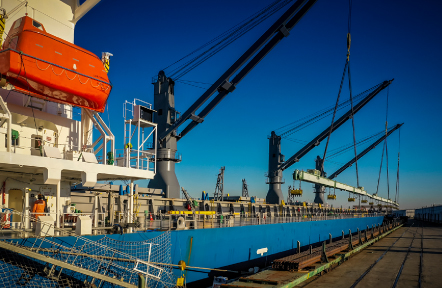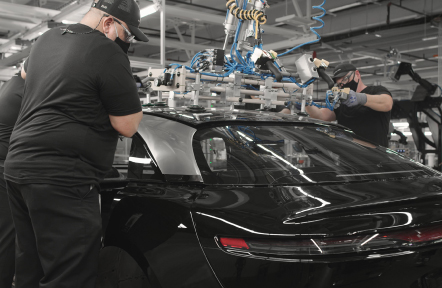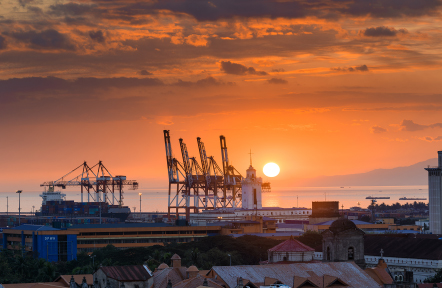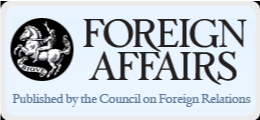In 2015, Germany had 3.5 million companies, all of which employed nearly 29 million people. Of those companies, 99.3% were classified as small and medium sized, and employed 61% of the workforce and 82% of apprentices. Only 0.7% were large companies, or those that employed more than 249 employees and had an annual turnover of 50 million euros.

Germany’s SMEs – or mittelstand– are usually owned and managed by one group. So, responsibility also rests on that same group. That lean structure and size also allow for swift decision-making and the needed flexibility to adjust to market demands.
Also, many of these small and medium size companies usually pursue specialty and niche strategies. For instance, in 2014, more than 42% of these SMEs – most of them family-owned- introduced a new product or process to the market. These high-tech products, most hidden from view of the typical consumer, have found their way in the supply chains of many of the world’s largest companies.
And around 50% of these companies, with an annual turnover of 2 million euros or more, have active foreign business.
The German economy’s success is built on its mittelstand, which has survived several economic crises and continue to thrive because of their high degree of vertical integration, commitment to quality, sustainability, high reliability, focus on a core competency and ability to innovate.

